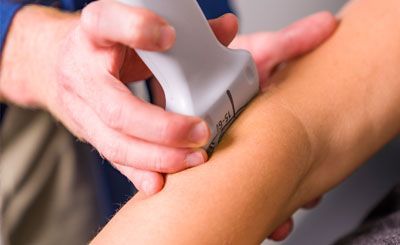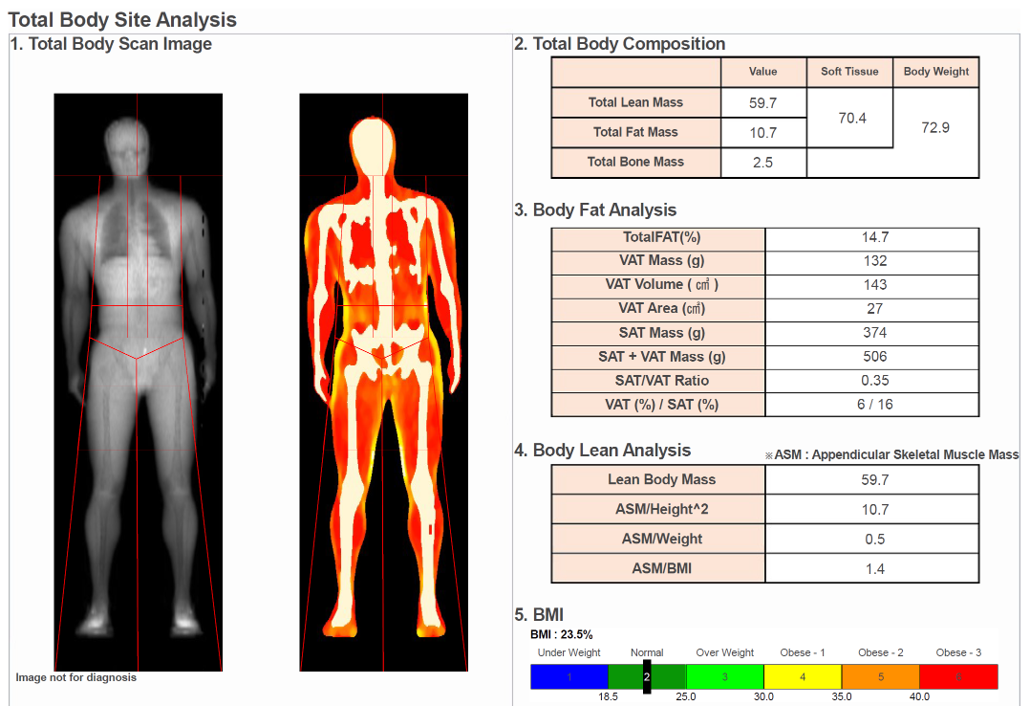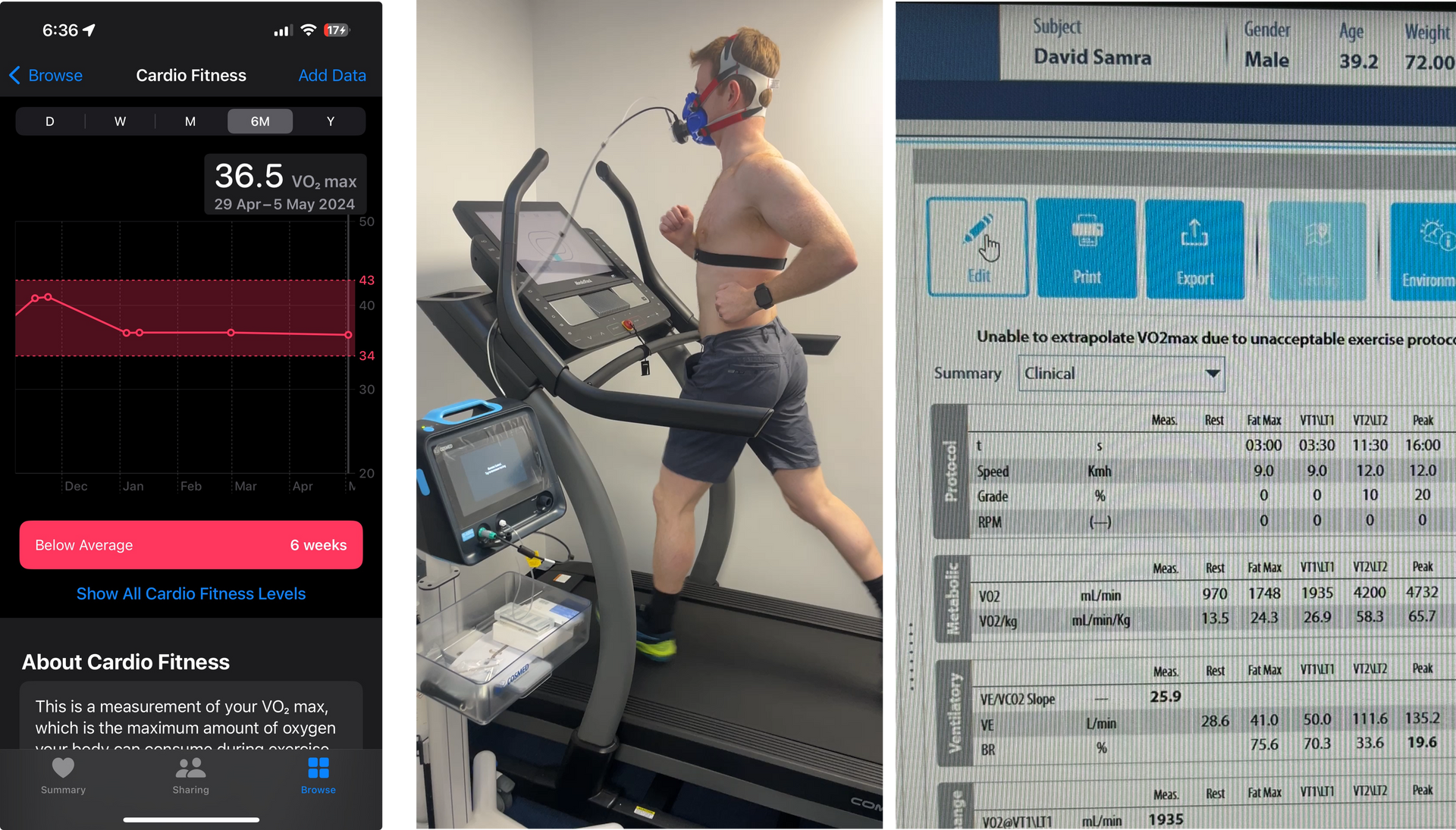The Role of Ultrasound in Advancing Sports Medicine: A Closer Look
Point-of-Care Diagnosis: Extending the Clinical Examination
One of the standout advantages of ultrasound in sports medicine is its ability to serve as an extension of the clinical examination, providing immediate, point-of-care diagnosis. This immediacy allows for a rapid understanding of an athlete's condition, enabling swift decision-making that is crucial in sports. Whether it's to confirm a suspicion, rule out possible injuries, or refine a diagnosis, ultrasound offers a non-invasive, accessible solution that fits seamlessly into the fast-paced environment of sports medicine. Its capability to deliver real-time insights directly influences treatment plans, rehabilitation strategies, and, crucially, recovery timelines.

Unveiling Dynamic Problems: Beyond Static Imaging
Sports injuries often involve complex, dynamic problems that may not be fully appreciated through static imaging modalities such as CT or MRI. Ultrasound, with its ability to assess tissues in motion, excels in these scenarios. For example, tendon sheaths, muscles, and ligaments can be observed under active movement, revealing abnormalities that might remain hidden during static examinations. This dynamic assessment is invaluable for diagnosing conditions that manifest only or worsen during specific movements or activities, providing a clearer picture of the injury's nature and extent. Some examples include ulnar nerve subluxation, snapping ITB syndrome and inguinal "sportsmans" herniae, as common examples of problems easily missed on MRI. The ability to measure blood flow around tissues with "colour doppler" is also a major advantage, particularly when assessing painful tendons. This is because high levels of blood flow indicate hypervascularity, which in turn indicates active inflammation and repair mechanisms in the tissue being viewed. This is very important, since we know that not all imaging findings are relevant or proportionate to a person's active pain- as we say "treat the person, not the scan"
Technological Advances: High-Resolution, Portable Ultrasound
The development of high-resolution, wireless portable ultrasound probes has significantly broadened the applicability of this technology in sports medicine. These compact, cutting-edge devices can be easily transported and used in a variety of settings, from the sidelines of a sports event to emergency rooms and remote locations. This mobility allows healthcare professionals to conduct on-the-spot assessments of athletes, providing immediate insights into injuries and enabling prompt decision-making. The ability to bring ultrasound directly to the athlete, rather than vice versa, minimizes delays in diagnosis and treatment, which is crucial for a swift recovery.
Immediate Intervention: Ultrasound-Guided Injections
Ultrasound technology has also revolutionized the way interventions are performed in sports medicine. Ultrasound-guided injections allow clinicians to administer treatments with precision at the time of consultation. This method offers the dual benefits of targeting the exact location of injury and enabling immediate reassessment of the area. By visualizing the needle's path in real-time, healthcare providers can ensure accurate delivery of medication or other therapeutic substances directly to the affected site. Moreover, this approach facilitates a holistic management plan, integrating injection adjuncts seamlessly with other treatment modalities under the care of a single Specialist. It reduces the need for bouncing around between different clinicians and for lengthy waits typically associated with this.
A Welcomed Innovation: Why Sports Medicine Embraces Ultrasound
The sports medicine community's embrace of ultrasound stems from a fundamental need: the accurate diagnosis and effective intervention of sports injuries. Ultrasound's non-invasiveness, coupled with its diagnostic precision, makes it a highly attractive tool for both practitioners and athletes. It allows for immediate reassessment of injuries over time, monitoring healing processes without the need for exposure to radiation or the inconvenience of more cumbersome imaging techniques. The same technology and immediacy of care is also applied to private patients who are not athletes. Furthermore, ultrasound is cost-effective, portable, and adaptable to various settings, from the clinic to the sidelines.
Acknowledging Limitations
Despite its numerous advantages, ultrasound imaging is not without its limitations. One of the primary constraints is its inability to visualize deeper structures beyond approximately 10 cm. This limitation can hinder the assessment of injuries located deep within the body or those involving internal organs. Additionally, ultrasound is not the optimal modality for identifying bone stress injuries, as while it can visualise the periosteum (outer skin) of bone, it cannot adequately visualize the inner struts of bone where these injuries tend to start. Another significant challenge is the dependency of ultrasound findings on the skill and experience of the examiner. The interpretation of ultrasound images requires a high degree of expertise, and there is a learning curve associated with achieving proficiency in ultrasound diagnostics. Consequently, the quality of the diagnosis can vary significantly based on the operator's skill level.
Conclusion
The integration of ultrasound into sports medicine represents a confluence of technology and patient-centered care, offering a nuanced approach to the diagnosis and treatment of sports injuries. Its ability to provide real-time, dynamic assessments directly at the point of care empowers healthcare professionals with unparalleled precision in their diagnostic toolkit. As the field of sports medicine continues to evolve, the role of ultrasound is set to expand, promising even greater advances in injury management and athlete care. The technology continues to improve with better resolution and portability year after year. With its myriad benefits, ultrasound not only enhances the capacity for accurate diagnosis and intervention but also underscores the commitment of sports medicine professionals to the health and well-being of athletes and active patients alike.
References
Allen, G., & Wilson, S. (2021). Ultrasound in Sports Medicine: An Overview of Its Application and Effectiveness. Journal of Sports Medicine and Therapy, 6(2), 112-127.
Baker, R.J., & Patel, D. (2020). Portable Ultrasound in Sports Medicine: Current Uses and Future Directions. American Journal of Sports Medicine, 48(5), 1234-1242.
Choi, H., & Kim, S. (2019). Advancements in Ultrasound Technology: Implications for Sports Injury Diagnosis. Sports Health, 11(4), 342-349.
Davis, M.T., & Williams, S. (2022). Ultrasound-Guided Injections in Sports Medicine: Technique, Applications, and Outcomes. Clinical Sports Medicine Reviews, 3(1), 55-67.
Edwards, S.G., & Calandruccio, J.H. (2018). Challenges and Limitations of Ultrasound in Sports Medicine. Orthopedic Journal of Sports Medicine, 6(3), e233-e240.
Fletcher, J.P., Baker, R.F., & Eaton, R.G. (2023). The Evolution of Diagnostic Ultrasound: Impact on Field-Based Sports Medicine. Sports Medicine International, 14(2), 89-97.
Green, J.A., & Wilson, J.K. (2021). Efficacy of Ultrasound-Guided Injections in Athletes: A Review of Evidence. Journal of Orthopaedic & Sports Physical Therapy, 51(7), 305-312.
Patel, A.R., & Lo, E.Y. (2019). Understanding the Limitations of Ultrasound Imaging in Sports Medicine: A Guide for Clinicians. Journal of Sports Science & Medicine, 18(4), 501-507.
Thompson, W.R., & Marshall, N.E. (2020). Portable Ultrasound Machines: Extending the Capabilities of Sports Medicine Practitioners. The Physician and Sportsmedicine, 48(1), 45-52.

















